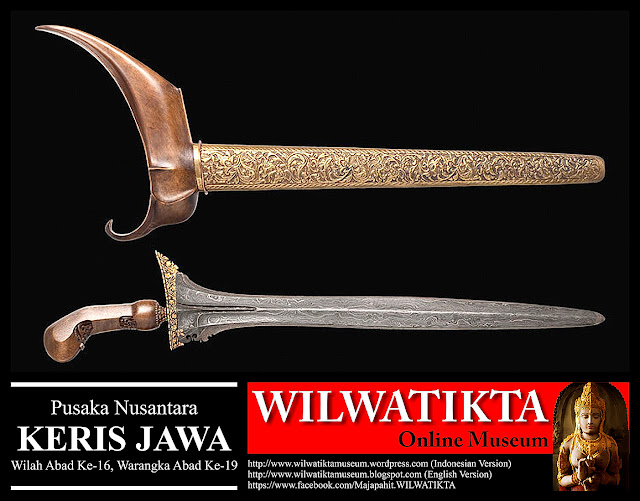Classification: Jewelry
Name: PAIR OF BRACELETS
Region: Insular South-East Asia
Culture: GOWA
Origin: Gowa, South Sulawesi, Indonesia
Materials: Silver, gold and stone
Dimensions: 2,6 x 10 cm (each)
Function : Arm, wrist and finger jewelryName: PAIR OF BRACELETS
Region: Insular South-East Asia
Culture: GOWA
Origin: Gowa, South Sulawesi, Indonesia
Materials: Silver, gold and stone
Dimensions: 2,6 x 10 cm (each)
Collection:
National Museum of Ethnology
(Rijksmuseum voor Volkenkunde)
Steenstraat 1, Leiden 2300 AE, The Netherlands
Inventory number: 808-2
Publications about the object:
Publications:
Endang Sri Hardiati & Pieter ter Preferred (red), Indonesia - The discovery of the past, KIT Publishers, Amsterdam 2005, p. 171
Exhibition history:
Exhibited at the exhibition "Indonesia - The discovery of the past," December 17, 2005 - April 17, 2006, in the Nieuwe Kerk in Amsterdam.














